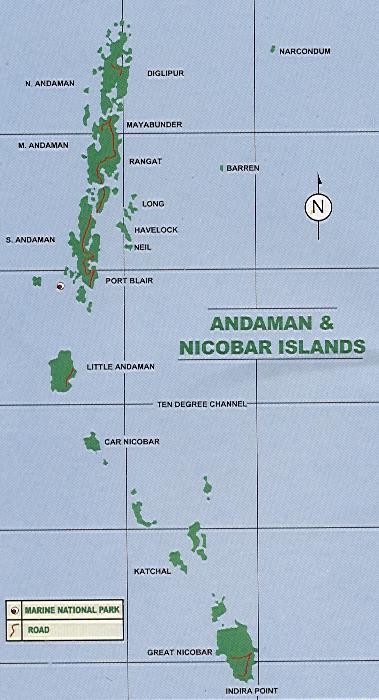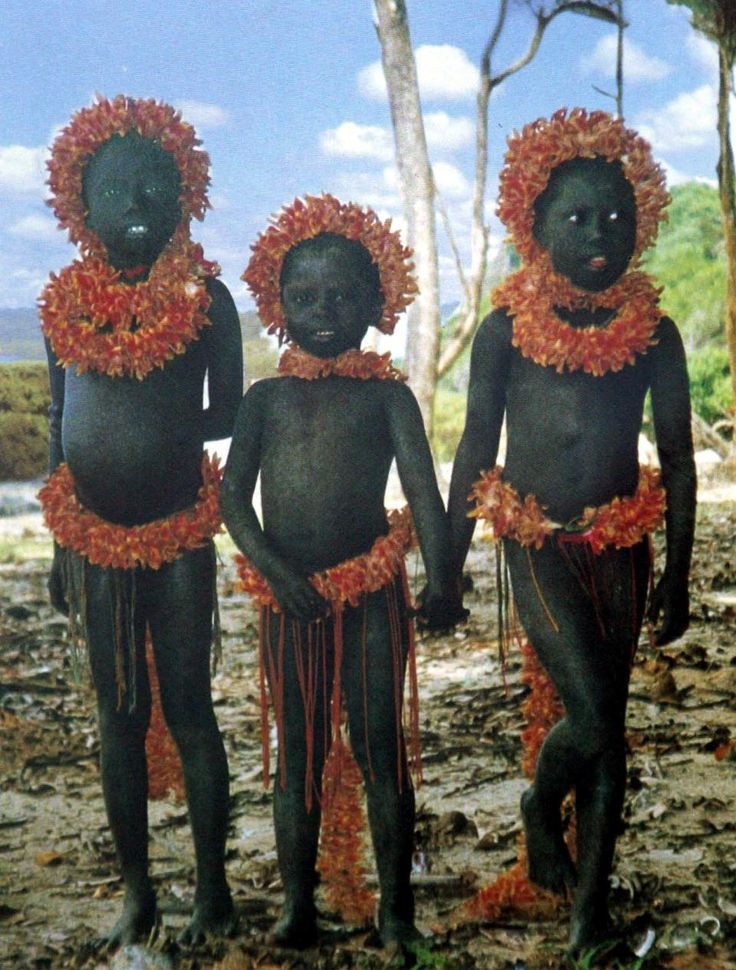
Costumes of Andaman
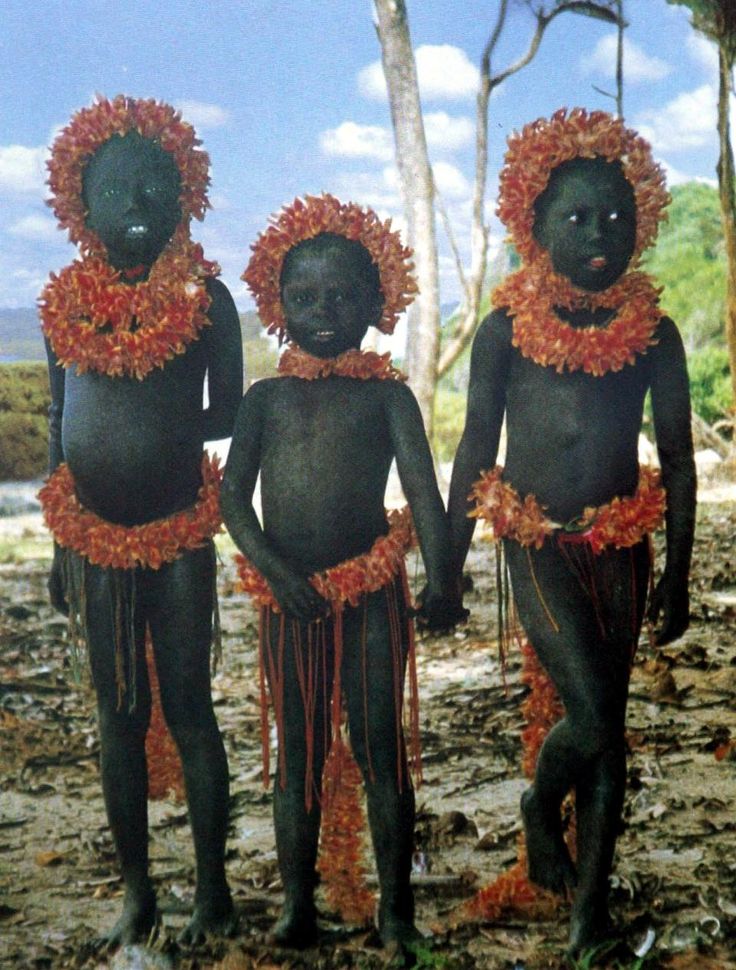
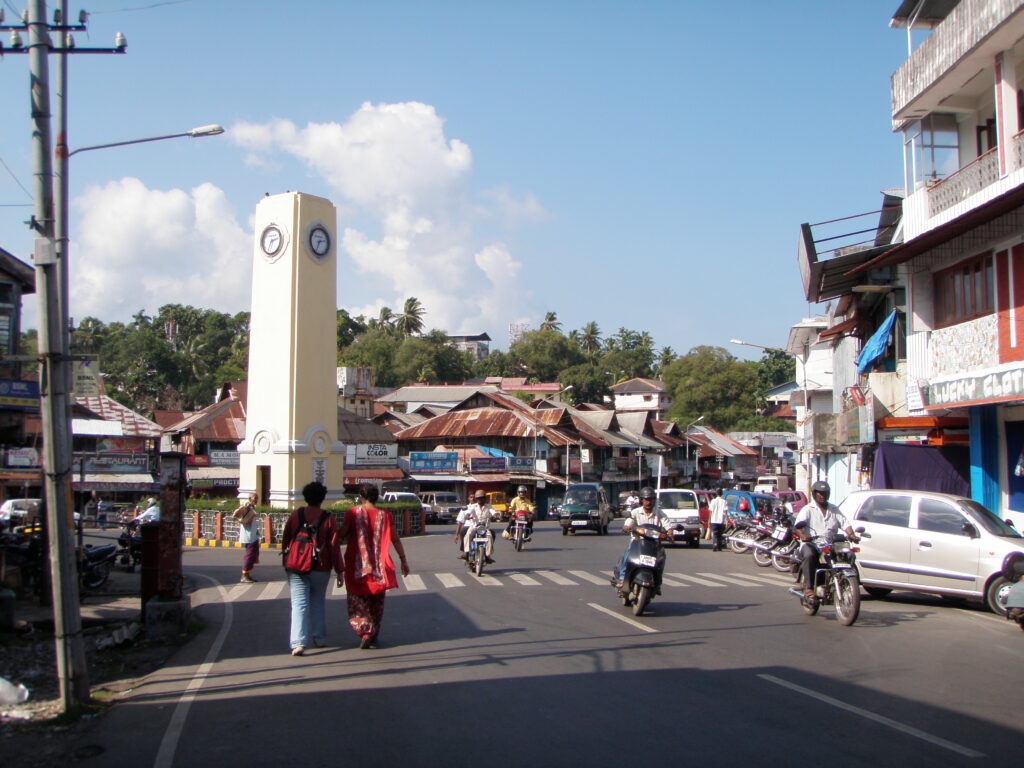
Andaman social perspectives that characterize these islands, their conventional ensembles hold an exceptional spot, mirroring an agreeable mix of effortlessness, reasonableness, and well established customs.
Traditional Attire of the Indigenous Tribes : Costumes of Andaman
The Andaman and Nicobar Islands are home to a few native clans, like the Incomparable Andamanese, Onge, Jarwa, and Sentinelese. These clans have lived as one with nature for quite a long time, and their dress mirrors this nearby association with the climate.
Generally, the customary clothing of these clans is moderate, attributable to the heat and humidity and their dependence on normal assets. The materials utilized are gotten from locally accessible assets, for example, tree covering, leaves, and shells. The dress is planned more for utility than enrichment, filling in as security against the components as opposed to as a style proclamation.
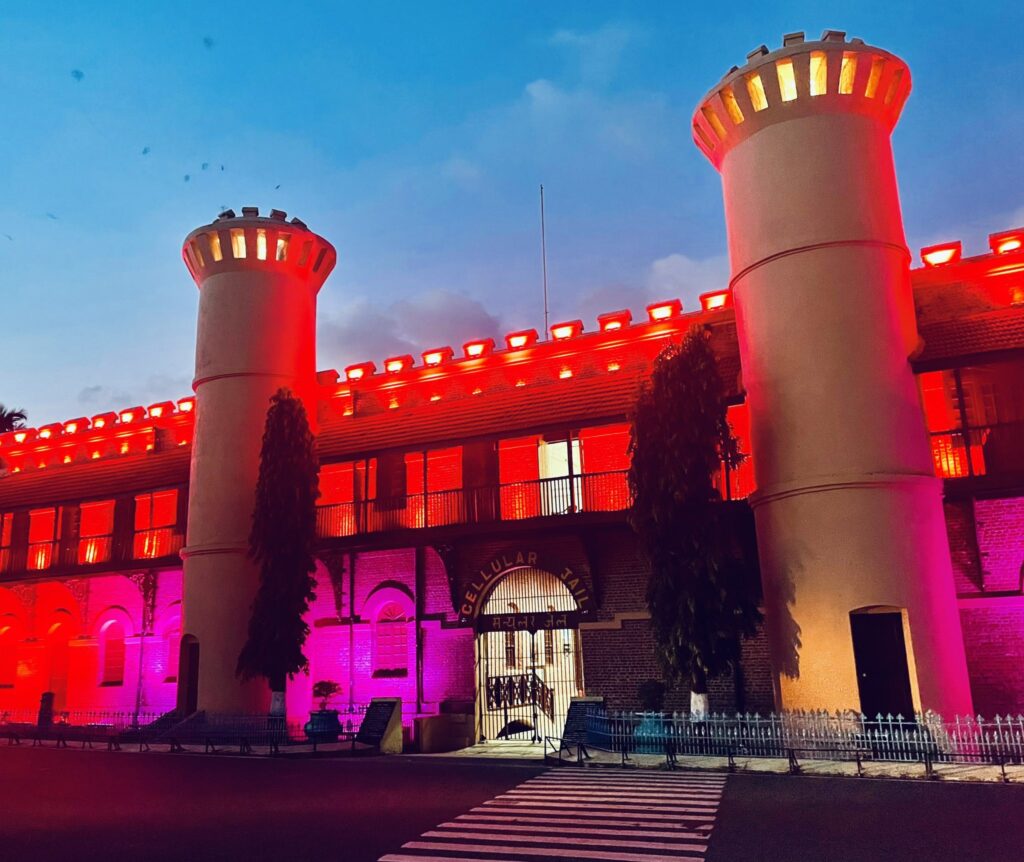
For example, the Jarwa clan, known for their effortlessness and segregation, frequently utilizes trimmings made of shells, bones, and blossoms as a feature of their clothing. These embellishments, while fundamental, hold social and emblematic importance. Additionally, the Onge public, who are among the most seasoned clans on the islands, generally cover themselves with negligible apparel, zeroing in rather on body craftsmanship and trimmings to communicate their character and status inside the local area.
Influence of Modernization : Costumes of Andaman
While the indigenous tribes maintain their traditional ways of dressing, the influx of settlers and modern influences has introduced significant changes to the attire of the non-tribal population. The majority of the population in the Andaman and Nicobar Islands today comprises people from mainland India who have brought their cultural influences, including clothing styles, to the islands.
Men generally wear shirts and trousers or dhotis, while women wear sarees, salwar kameez, or western-style dresses. The settlers have seamlessly blended their traditional attire with the local culture, resulting in a unique fashion statement that is both modern and rooted in heritage.
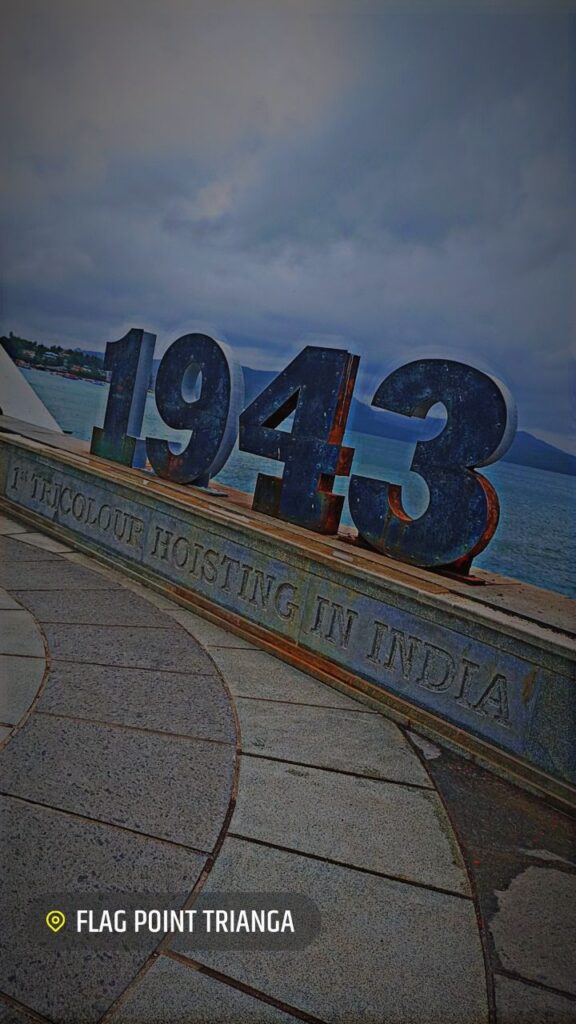
Influence of Modernization : Costumes of Andaman
While the native clans keep up with their customary approaches to dressing, the deluge of pioneers and present day impacts has acquainted massive changes with the clothing of the non-ancestral populace. Most of the populace in the Andaman and Nicobar Islands today contains individuals from central area India who have brought their social impacts, including clothing styles, to the islands.
Costumes of Andaman
Men by and large wear shirts and pants or dhotis, while ladies wear sarees, salwar kameez, or western-style dresses. The pioneers have flawlessly mixed their customary clothing with the neighborhood culture, bringing about a novel design proclamation that is both current and established in legacy.
Festive and Ceremonial Costumes : Costumes of Andaman
During celebrations and unique events, the clothing of individuals turns out to be more energetic and elaborate. For example, during Pongal, a famous celebration among the Tamil people group in the islands, ladies wear brilliant sarees with complex plans, while men wear conventional dhotis and angavastrams. Essentially, during Durga Puja or Diwali, Bengali and North Indian people group wear their conventional clothing, for example, lehengas, kurtas, and sherwanis, adding a merry pizazz to the island’s social scene.
The celebrations likewise witness an exhibit of the islands’ ancestral legacy, where the native individuals wear their formal clothing decorated with plumes, dots, and other regular embellishments. These ensembles are in many cases joined by customary dance exhibitions, which are a critical piece of their social festivals.
Role of Jewelry and Accessories : Costumes of Andaman
Gems assumes a critical part in the customary clothing of both ancestral and non-ancestral networks in the Andaman and Nicobar Islands. The ancestral individuals, specifically, are known for their hand tailored adornments produced using normal materials like shells, bones, and wood. These adornments are enhancing as well as act as marks of societal position, conjugal status, and ancestral connection.
Among the pilgrims, gold and silver adornments are regularly worn during celebrations and weddings. The plans frequently mirror the social impacts of the pilgrims’ districts of beginning, making the gems a wonderful blend of central area Indian and neighborhood island feel.

Adaptation to the Tropical Climate : Costumes of Andaman
The heat and humidity of the Andaman and Nicobar Islands essentially impacts the decision of dress. The lightweight, breathable textures like cotton are broadly liked by the non-ancestral populace for ordinary wear, guaranteeing solace in the warm and moist climate. The ancestral networks, then again, depend on conventional techniques for utilizing normal materials to make clothing that is useful and fit to their way of life.
Preservation of Cultural Identity : Costumes of Andaman
Endeavors are being made to safeguard the social legacy of the native clans, including their conventional clothing. The public authority and different associations are attempting to guarantee that the clans can keep up with their extraordinary character while likewise adjusting to the advanced world at their own speed. Widespread developments and celebrations coordinated in the islands frequently exhibit the customary outfits and artworks of the ancestral networks, assisting with keeping their legacy alive.
